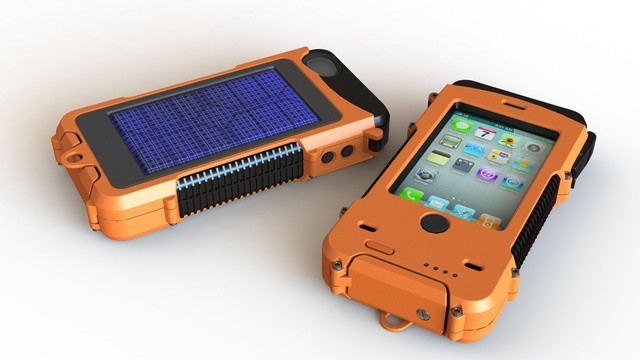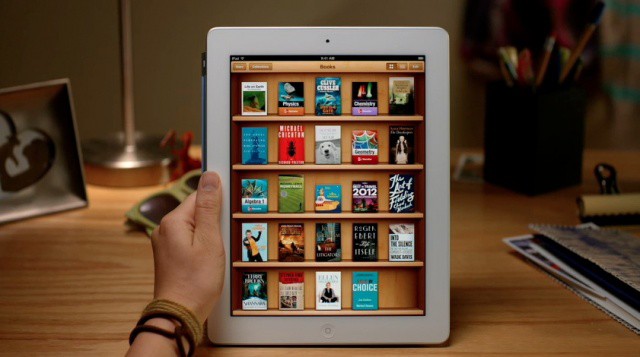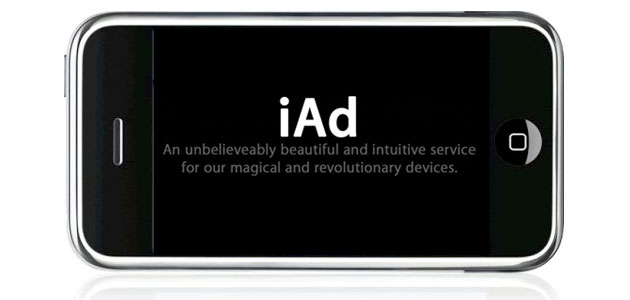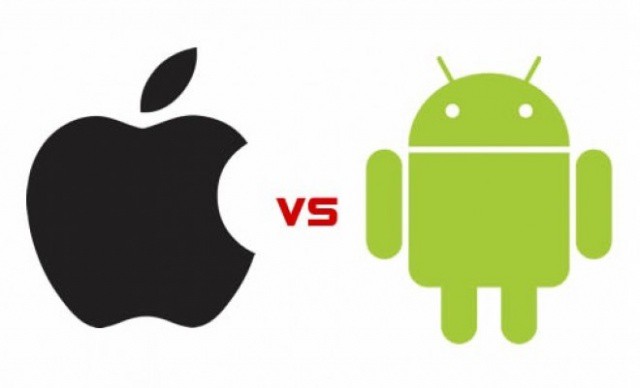Apple’s designs constantly prove that beauty and practicality can exist in the same place, but that’s clearly not the only way to do things. Take a look at the AQUA TEK S, which manages to be possibly the most practical and the most ugly iPhone case ever. It bills itself as “the first ever battery powered, solar charged, rugged under water iPhone 4/4S case on Kickstarter.”
With This Rugged Case, Your iPhone Could Go Camping Alone






![AssistantConnect: An Easier Way To Use Siri On Non-4S iOS Devices [Jailbreak] siri-on-ipod-touch](https://www.cultofmac.com/wp-content/uploads/2012/02/siri-on-ipod-touch.jpg)
![Centrify Makes iOS Management Easy For Windows IT Pros And Does It For Free [Feature] Centrify offers DirectControl for Mobile and DirectControl for Mac](https://www.cultofmac.com/wp-content/uploads/2012/02/CentrifyLogoVerticalColorwithWhiteBackgroundHighRes1133x746.jpg)

![Skip Tunes: A Simple Way To Control iTunes Or Spotify From Your Mac’s Menu Bar [Review] Screen Shot 2012-02-14 at 12.31.57 PM](https://www.cultofmac.com/wp-content/uploads/2012/02/Screen-Shot-2012-02-14-at-12.31.57-PM.jpg)
![Windows 8: Made By Microsoft, Designed On A Mac [Image] billflora](https://www.cultofmac.com/wp-content/uploads/2012/02/billflora.jpg)


![Cleaning Up Your Messy iTunes Playlists Can Boost Your Brain Power [Interview] PLAYLIST-FINAL-BOOK-COVER-PHOTO-300DPI-fix](https://www.cultofmac.com/wp-content/uploads/2012/02/PLAYLIST-FINAL-BOOK-COVER-PHOTO-300DPI-fix.jpg)





![Jailbreak-Only Apps Respect Your Privacy More Than App Store Apps [Report] path-contacts-access-revoked](https://www.cultofmac.com/wp-content/uploads/2012/02/path1.jpeg)

![Remove Finder From The Application Switcher [OS X Tips] remove-finder-from-mac-os-x-app-switcher](https://www.cultofmac.com/wp-content/uploads/2012/02/remove-finder-from-mac-os-x-app-switcher-e1329317573842.jpg)
![IOS Developers Use “Well-Known” Download Bots To Manipulate App Store Rankings [Report] iphone-app-store](https://www.cultofmac.com/wp-content/uploads/2011/12/iphone-app-store.jpeg)


![Siri Reveals That She Will Be Able To Speak Japanese [Konnichiwa] IMG_0634](https://www.cultofmac.com/wp-content/uploads/2012/02/IMG_0634.jpg)